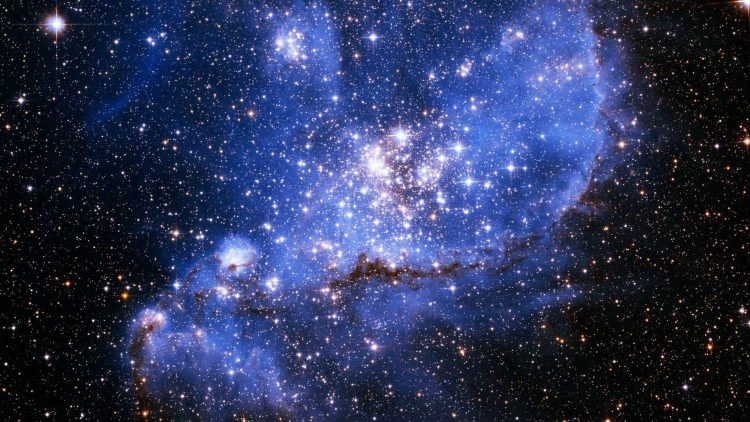
Scientists Found a Galaxy with Almost No Dark Matter
Roughly 65 million light-years away from Earth is a galaxy called NGC 1052-DF2 (DF2 for short). But DF2 may as well be called F-U, because that’s what it’s saying to scientists who thought they understood galaxies, dark matter, and really anything about our universe.
What makes DF2 so special, It appears to contain virtually no dark matter.
Dark matter exists because we can see how it affects “regular,” or baryonic, matter. Based on these indirect observations, researchers have estimated that dark matter makes up about 27% of our universe.
Since dark matter was (sort of) discovered, researchers assumed dark matter was essential to galaxy formation. Dark matter would clump together. Then, the gravity from those clumps would attract baryonic matter, forming the stars, planets, and other objects.
The team discovered that DF2 contained only 1/400th of the dark matter from the amount they expected. It challenges the standard ideas of how we think galaxies work,” Pieter van Dokkum. This result also suggests that there may be more than one way to form a galaxy.”
DF2 doesn’t fit the characteristics of a spiral galaxy, which typically have dense, central regions, spiral arms, and a disk. But it also isn’t like known elliptical galaxies, which have a black hole at their center.
“At the moment, we only know its older than 10 billion years, which is right after the Big Bang,” van Dokkum told ABC.
 English
English Arabic
Arabic


